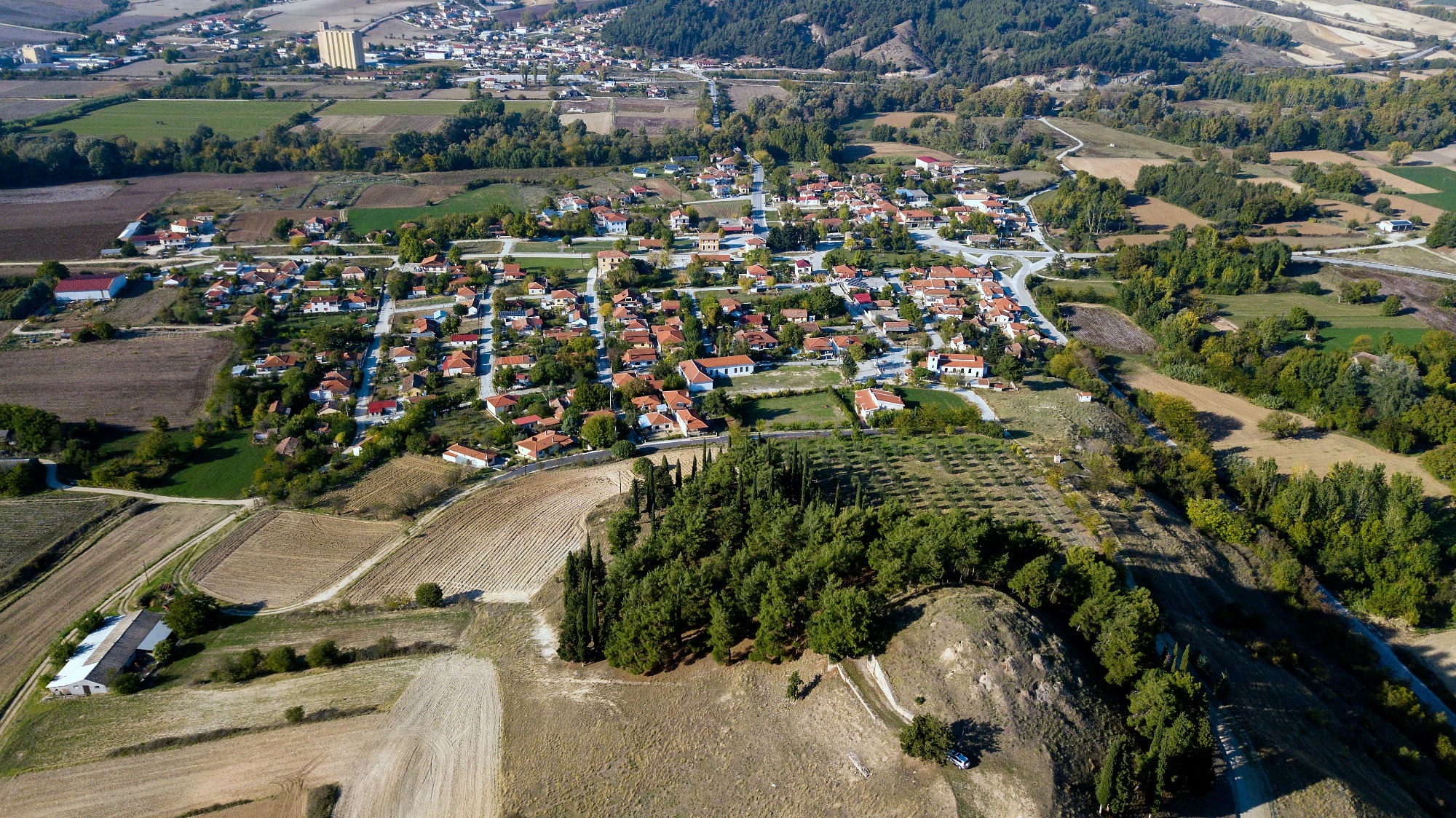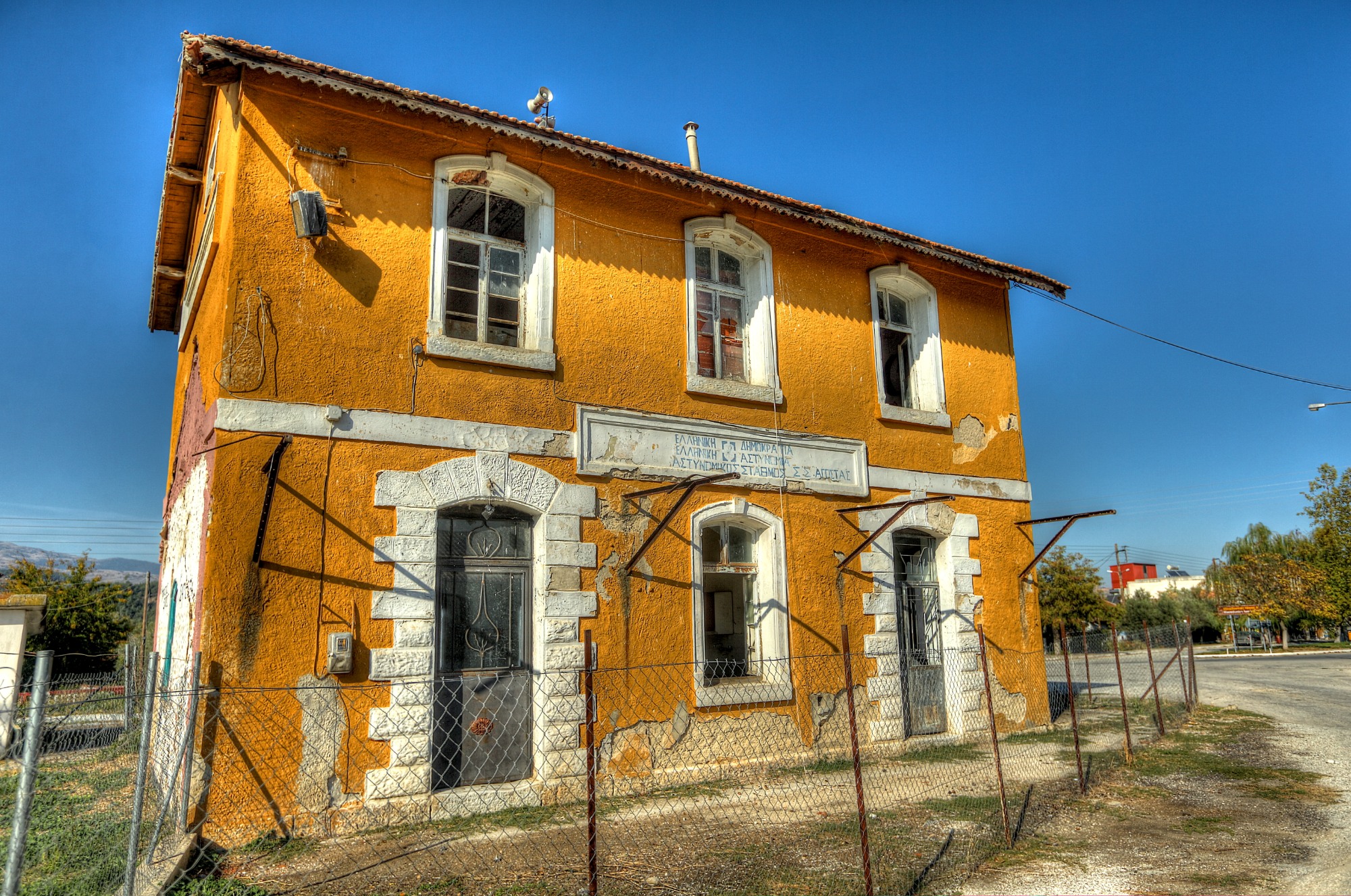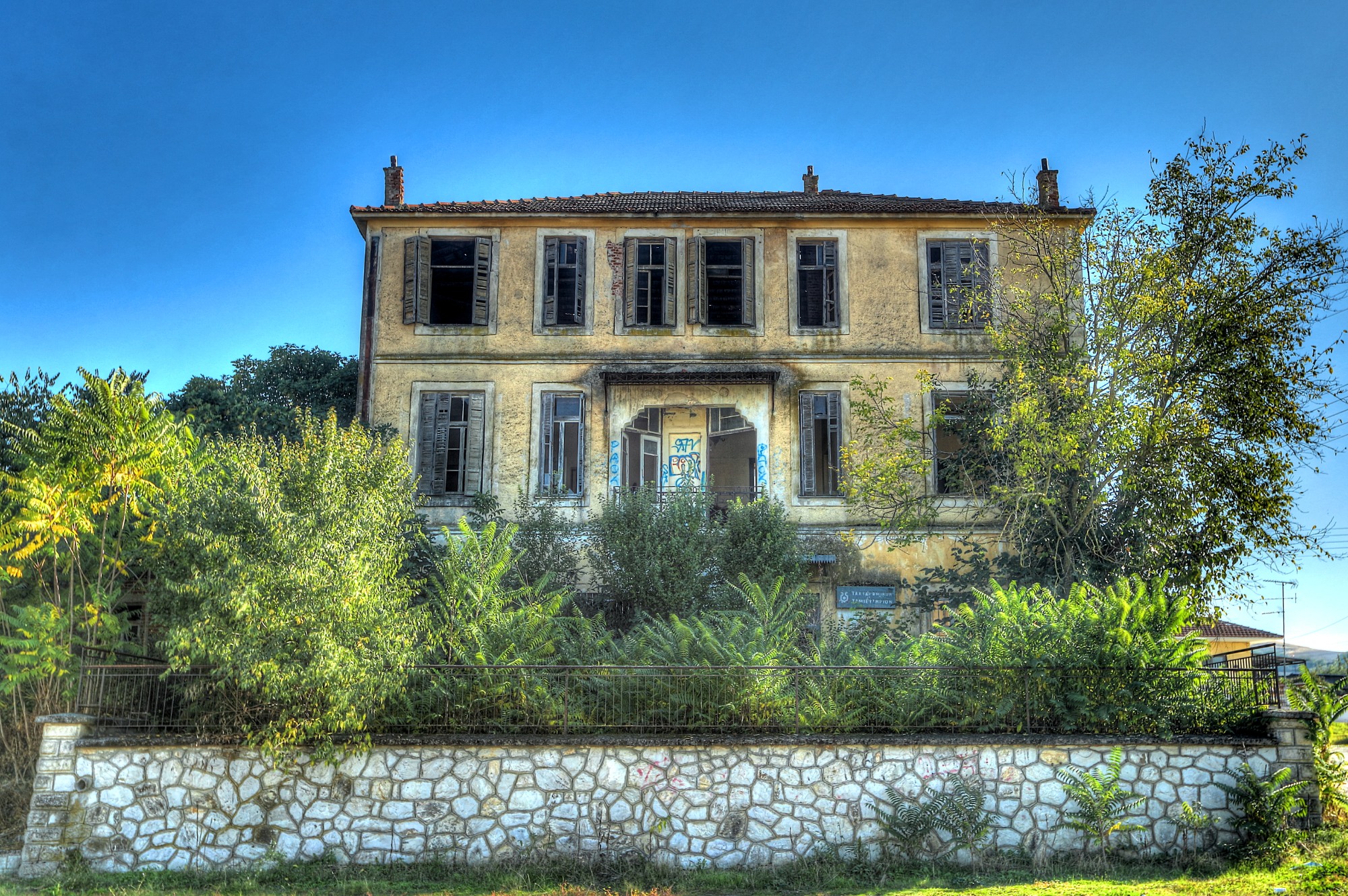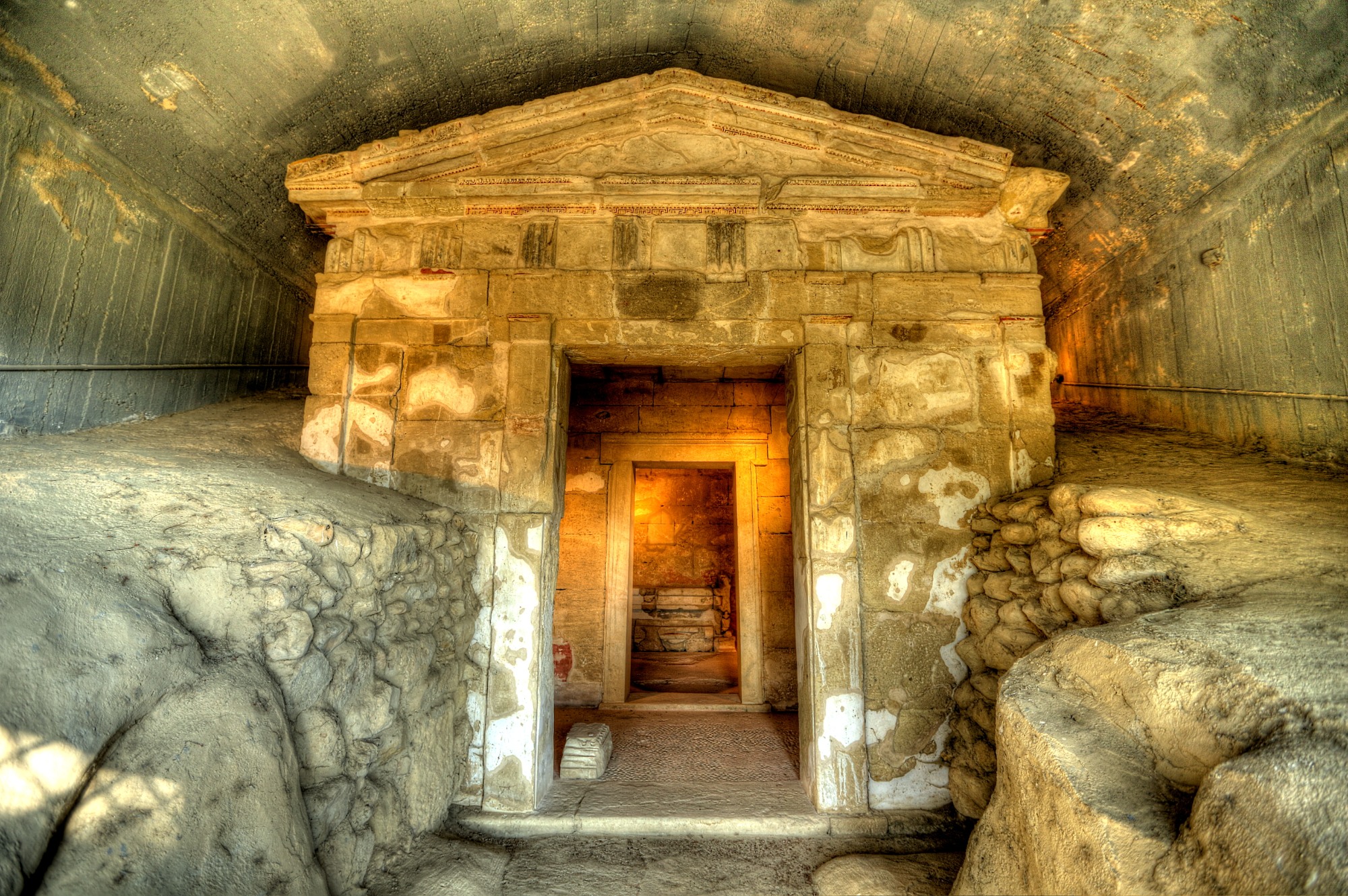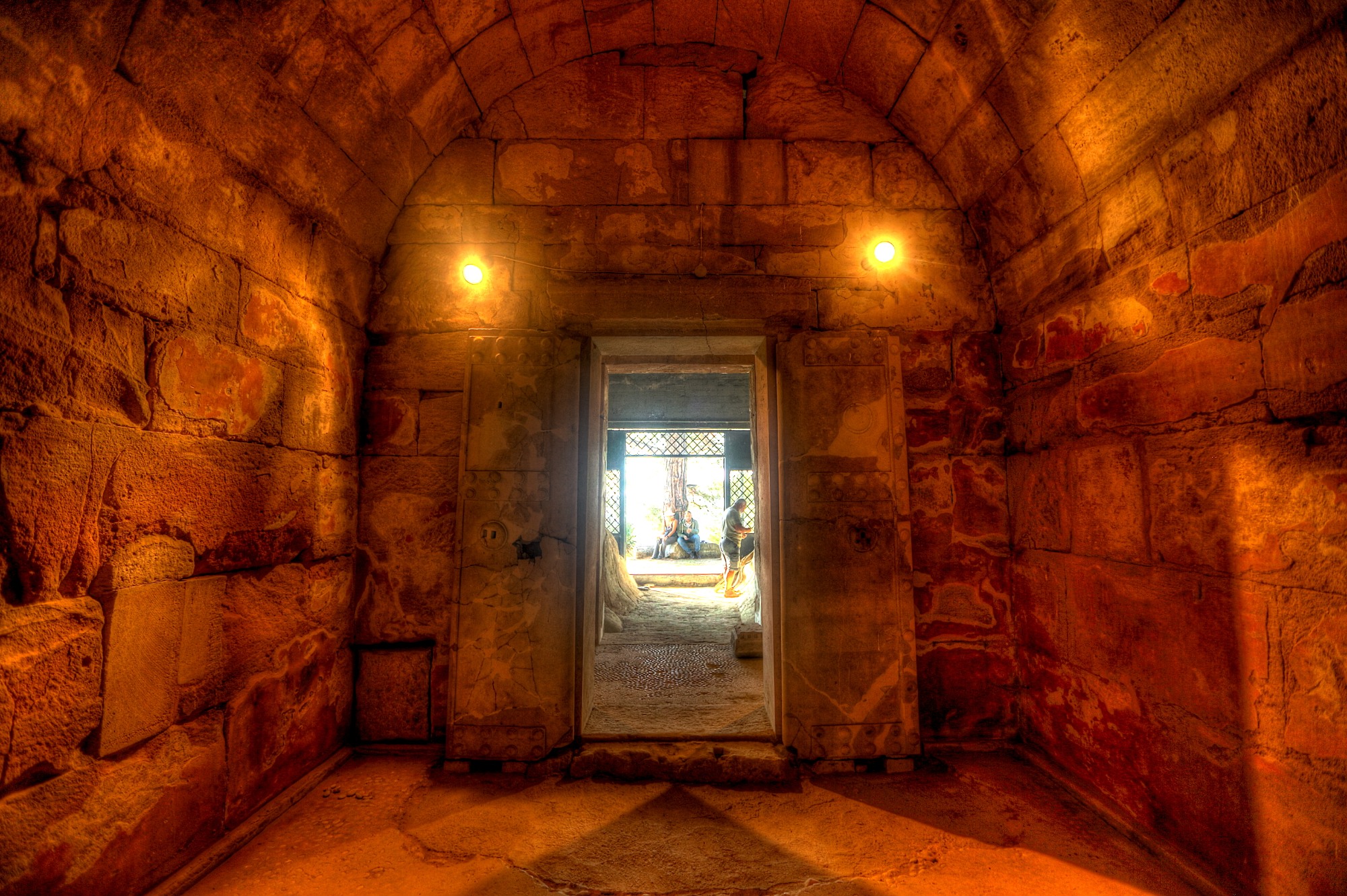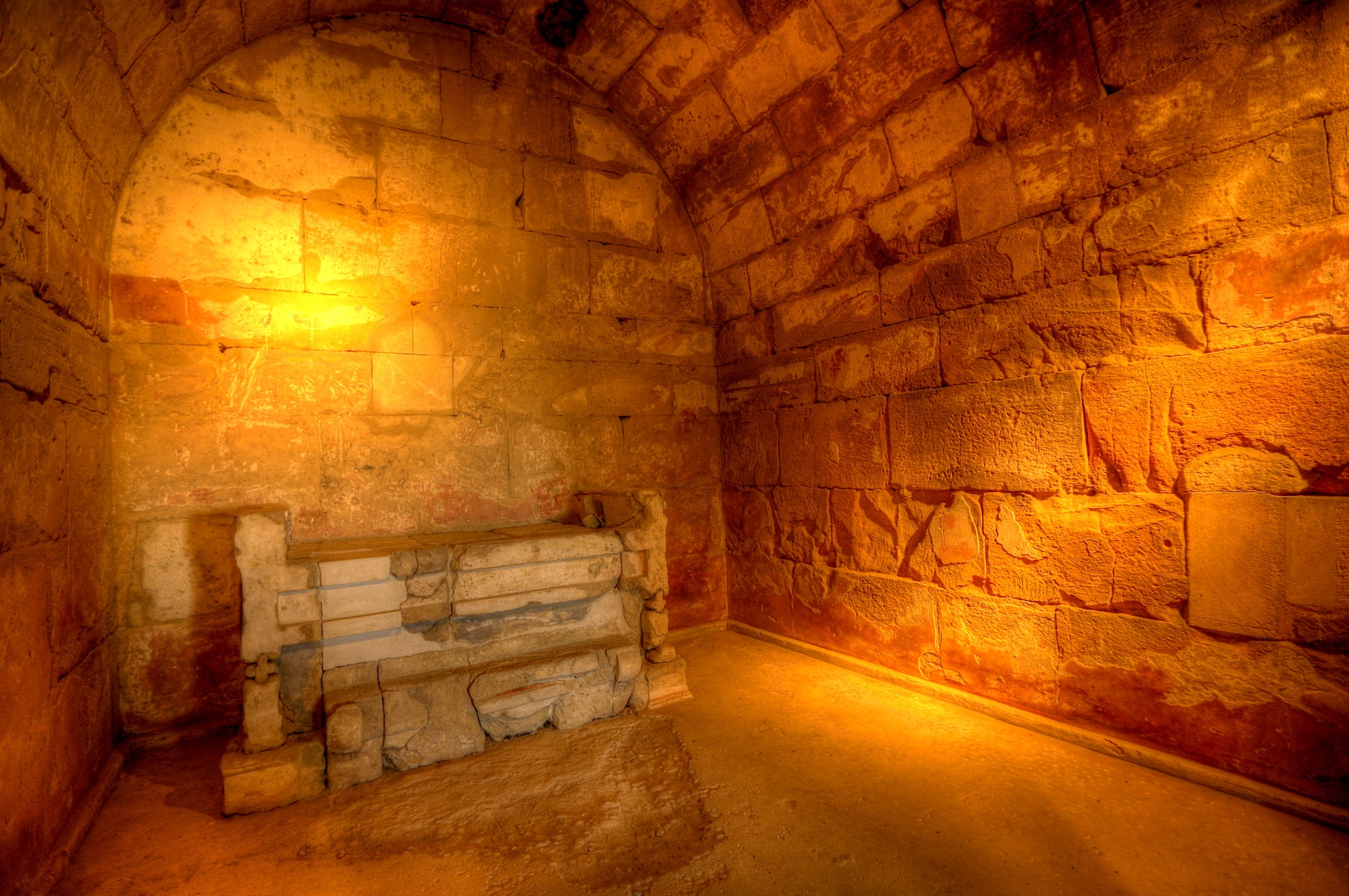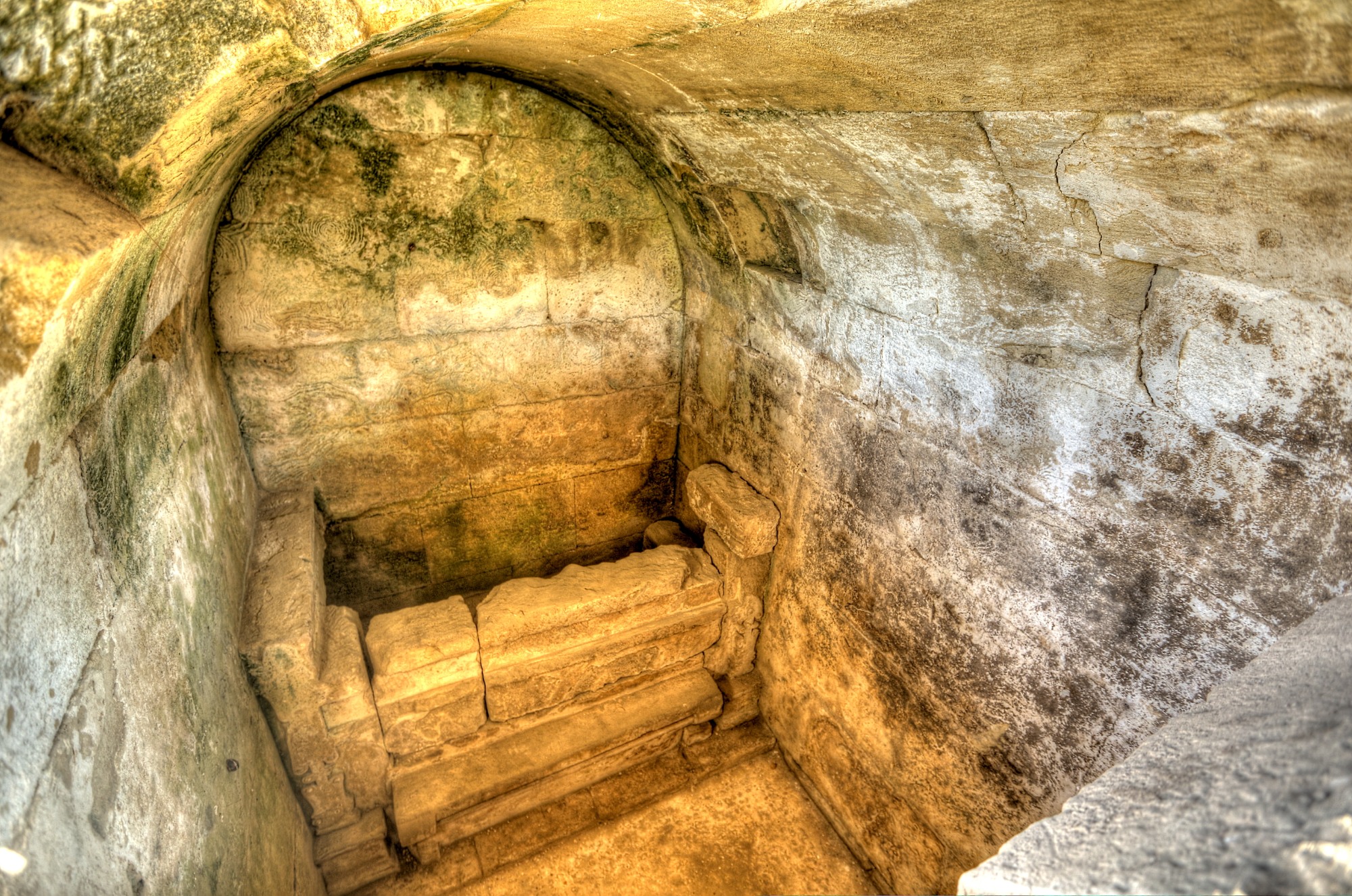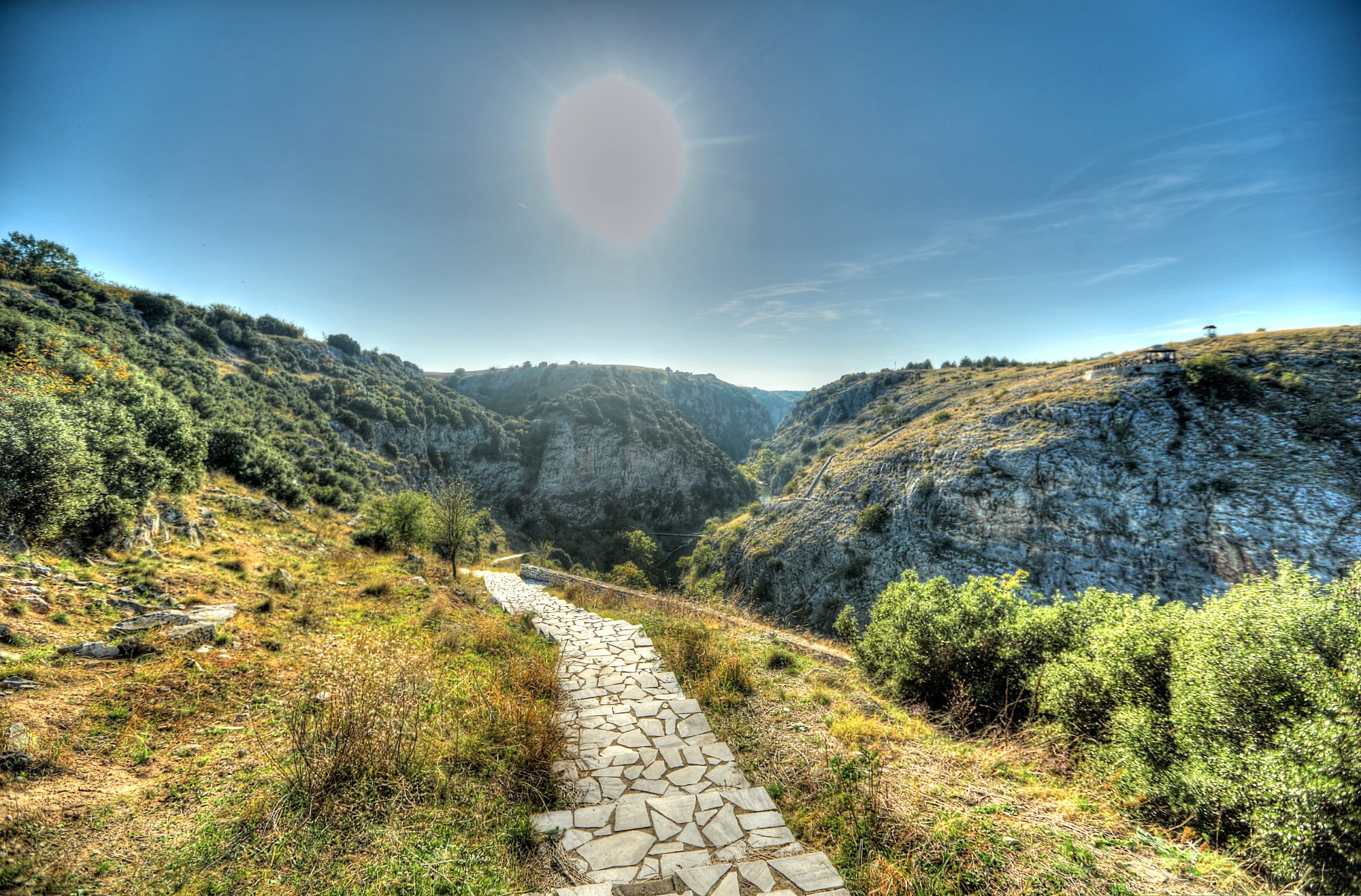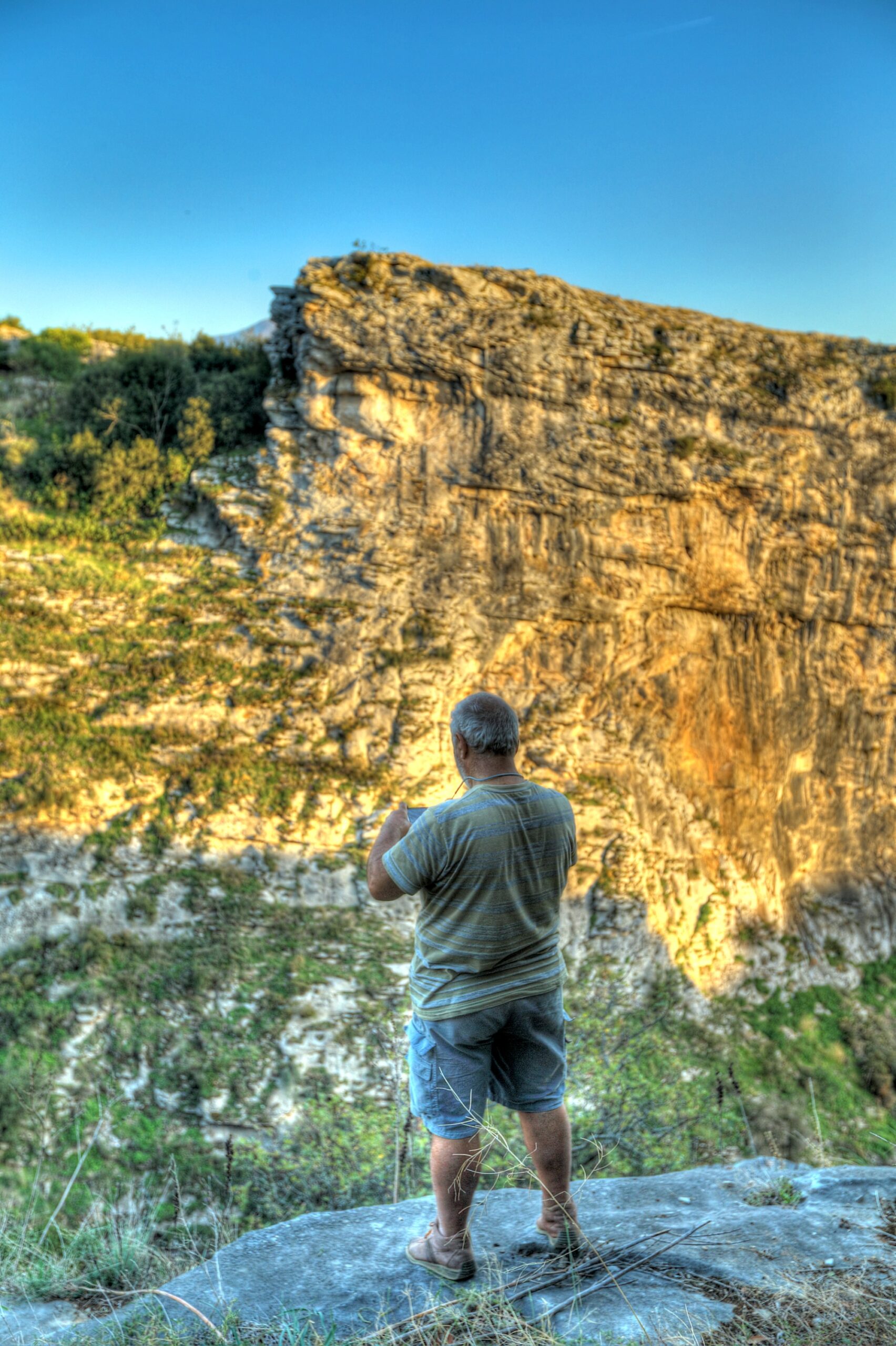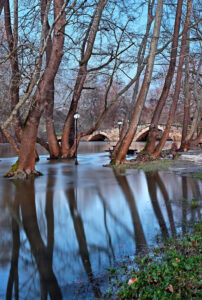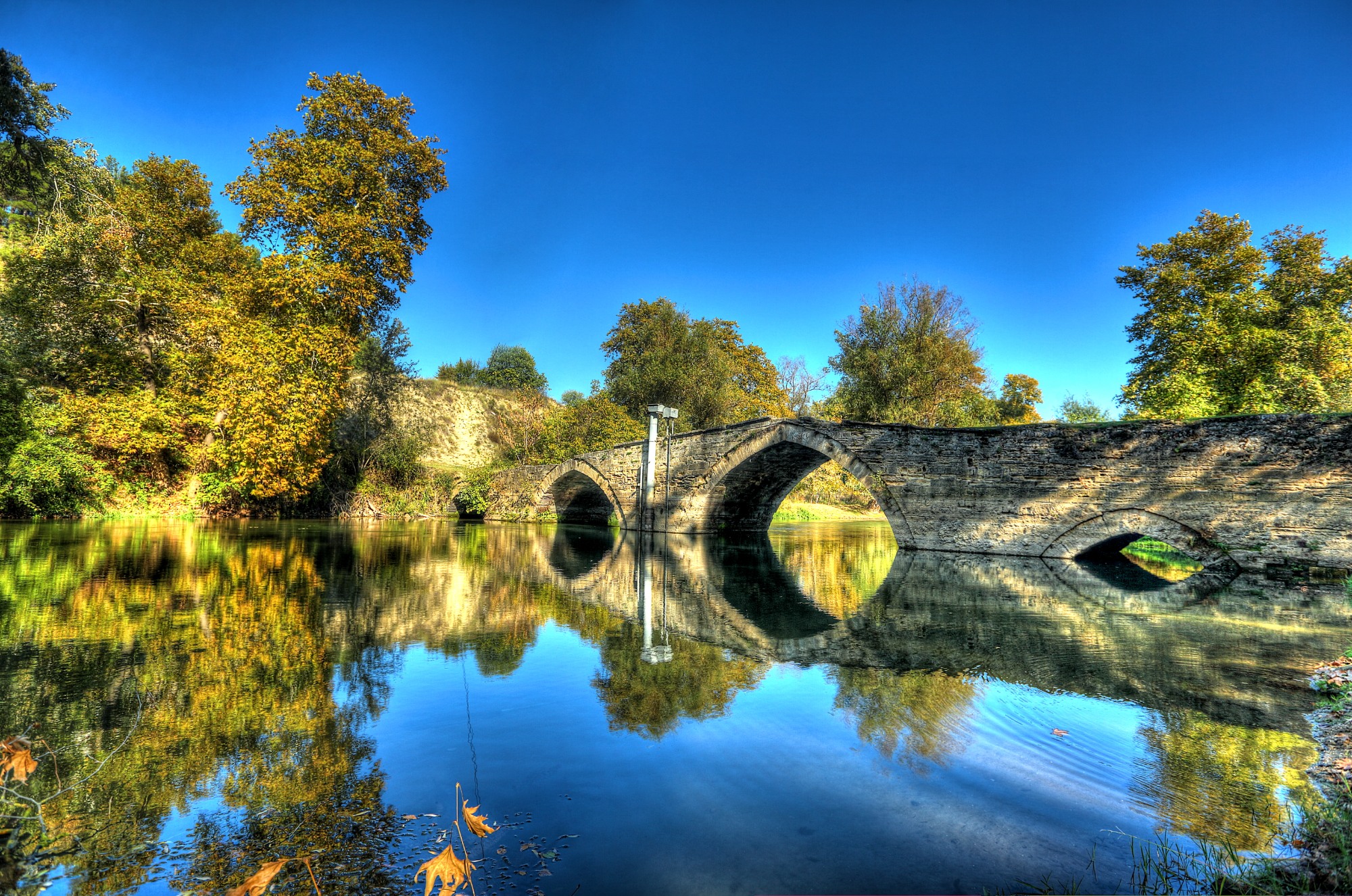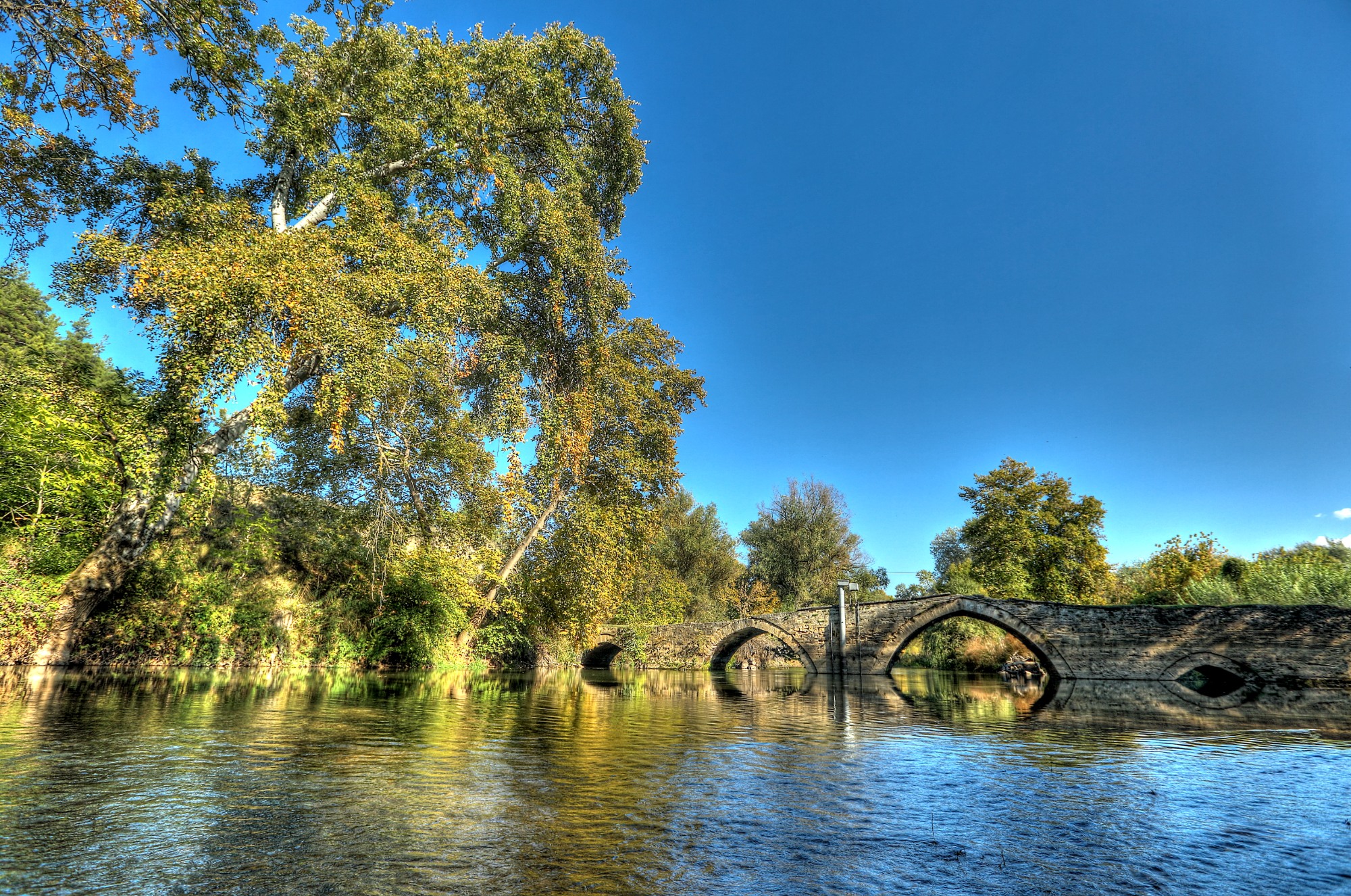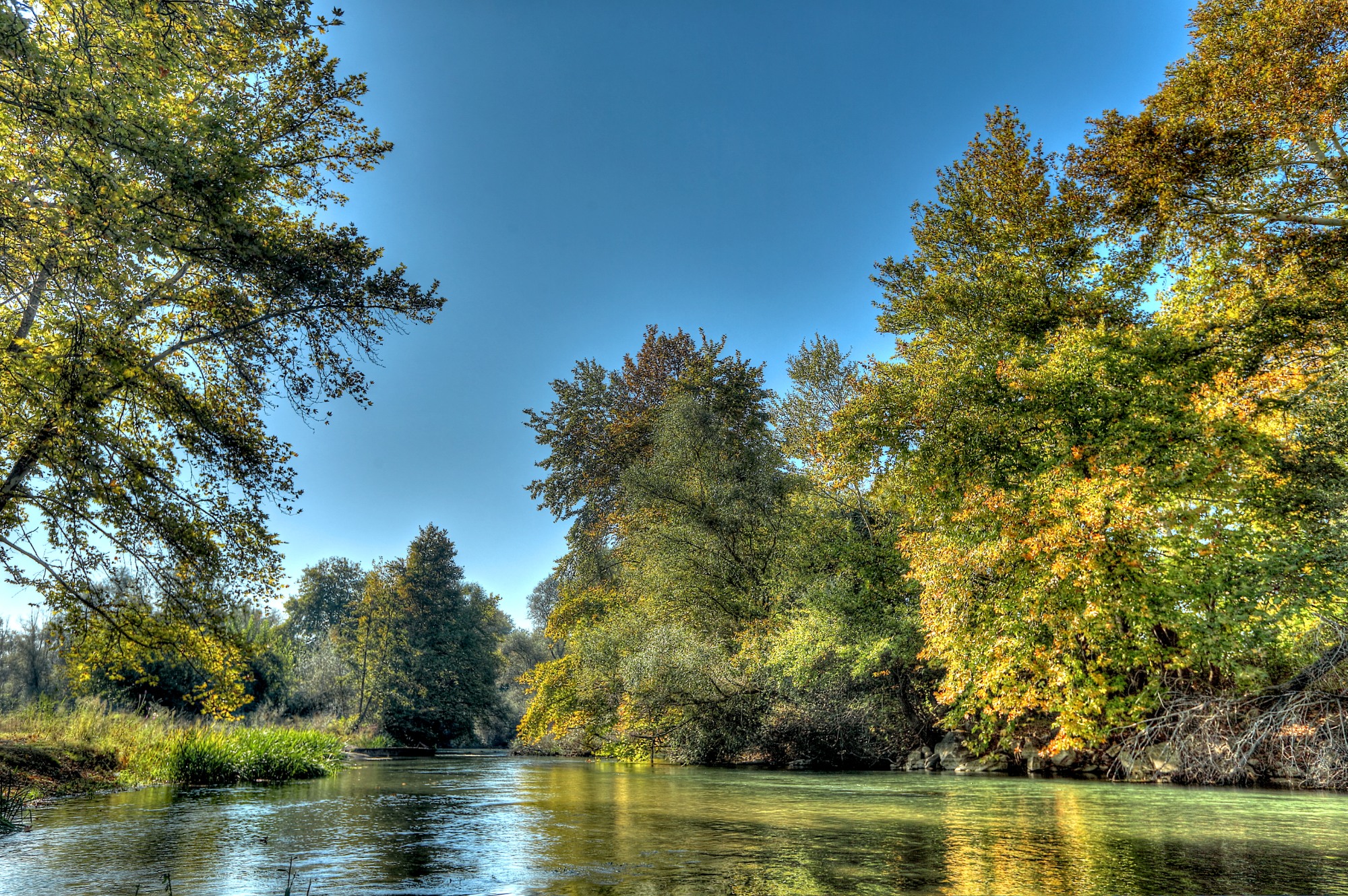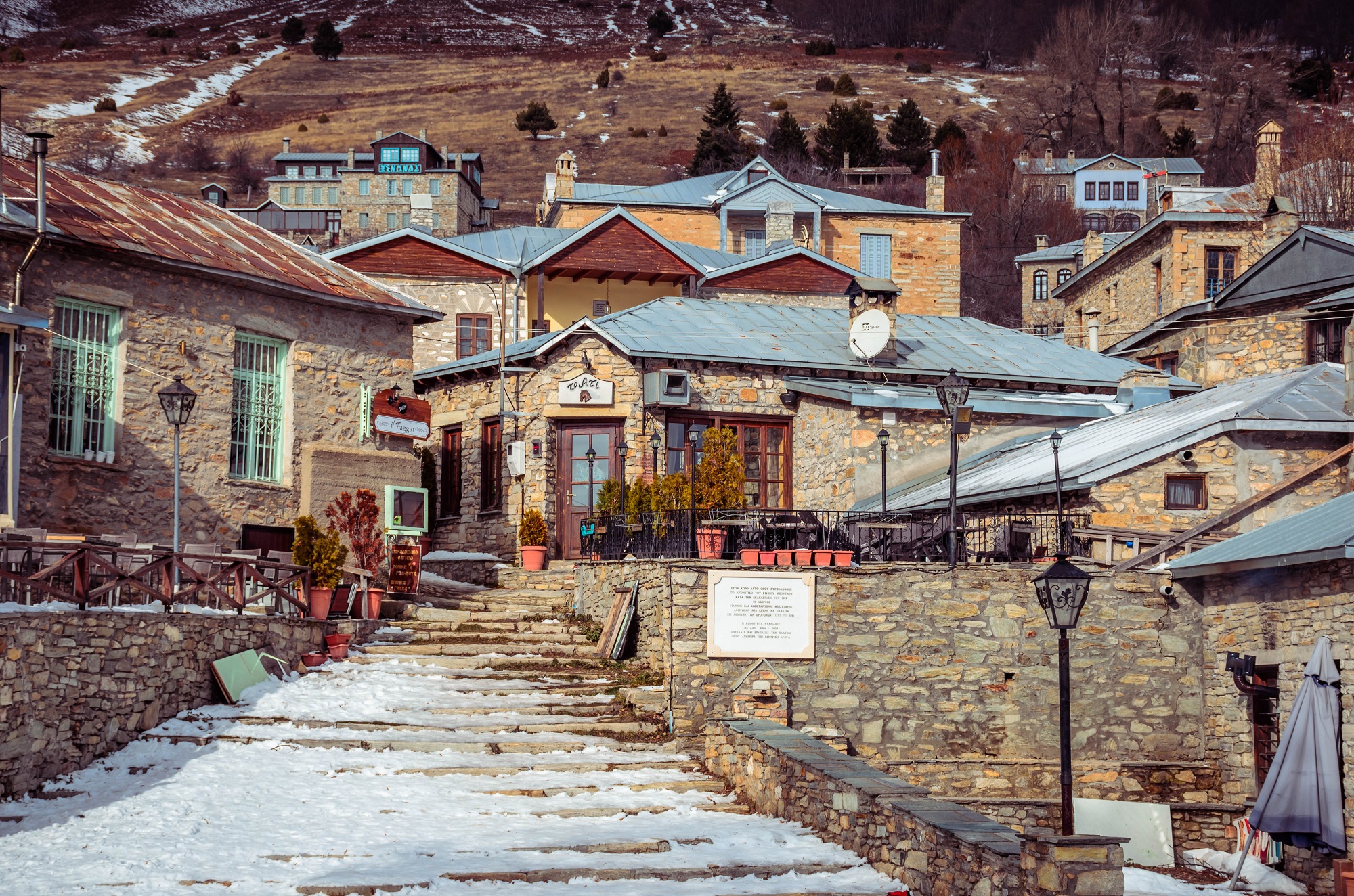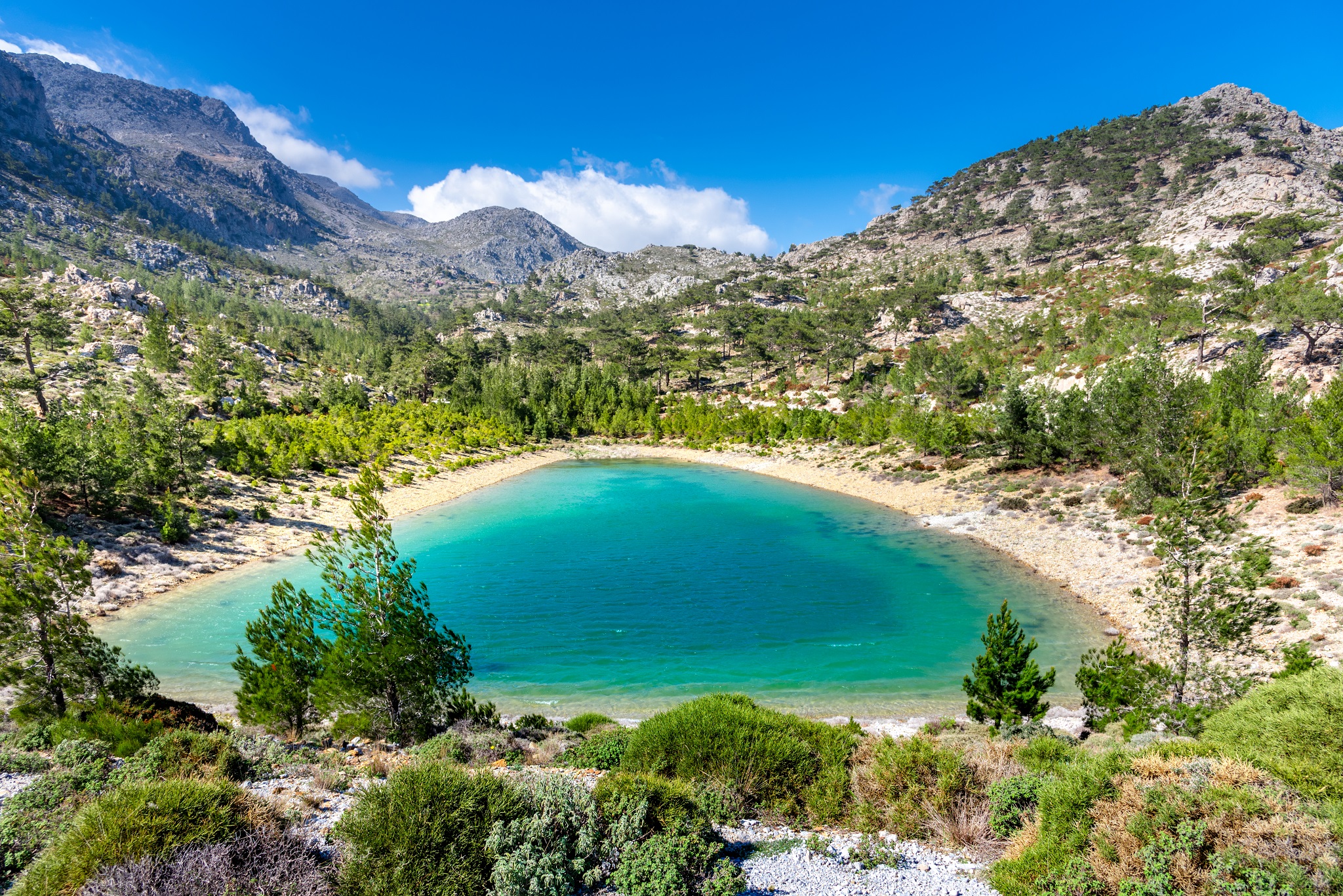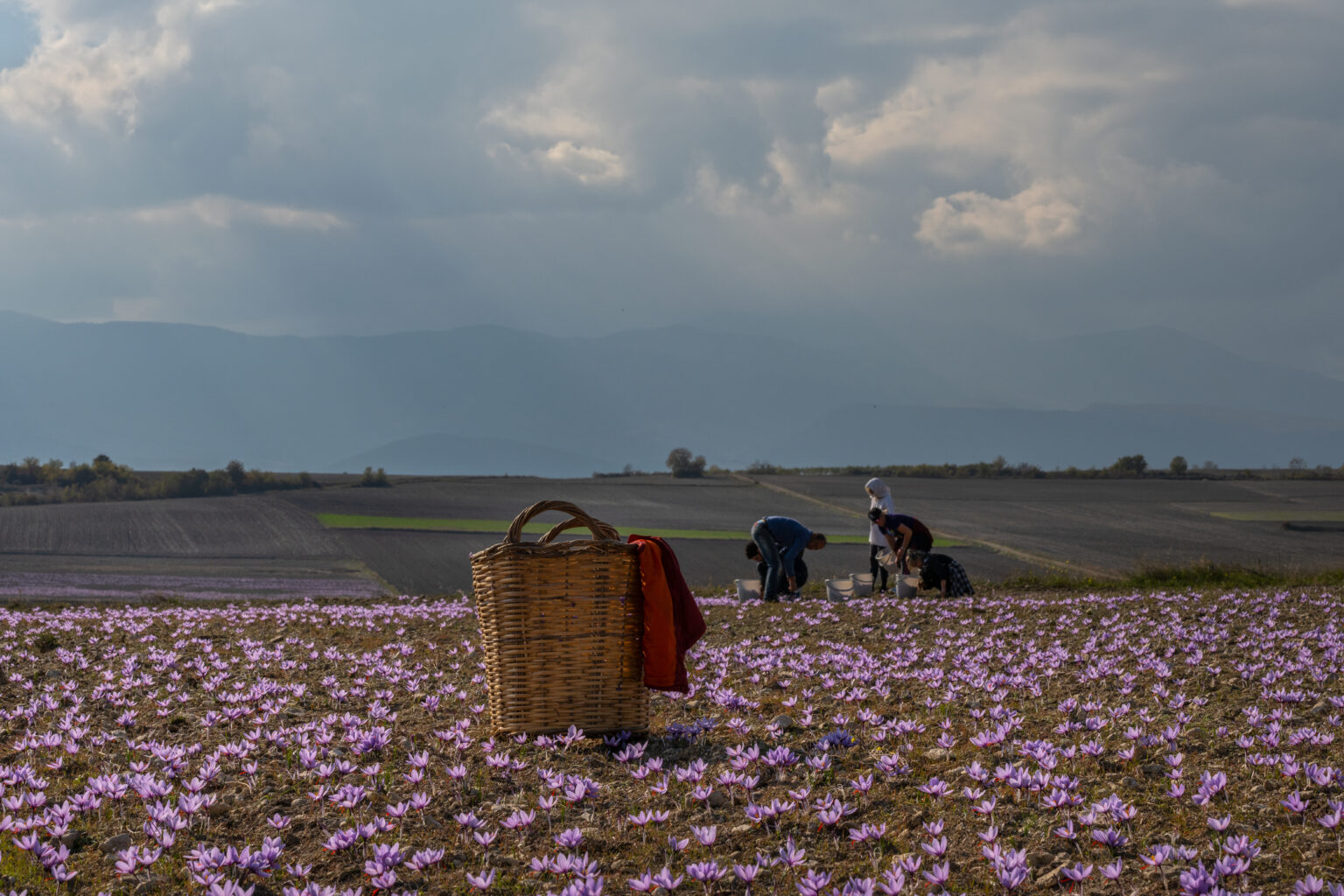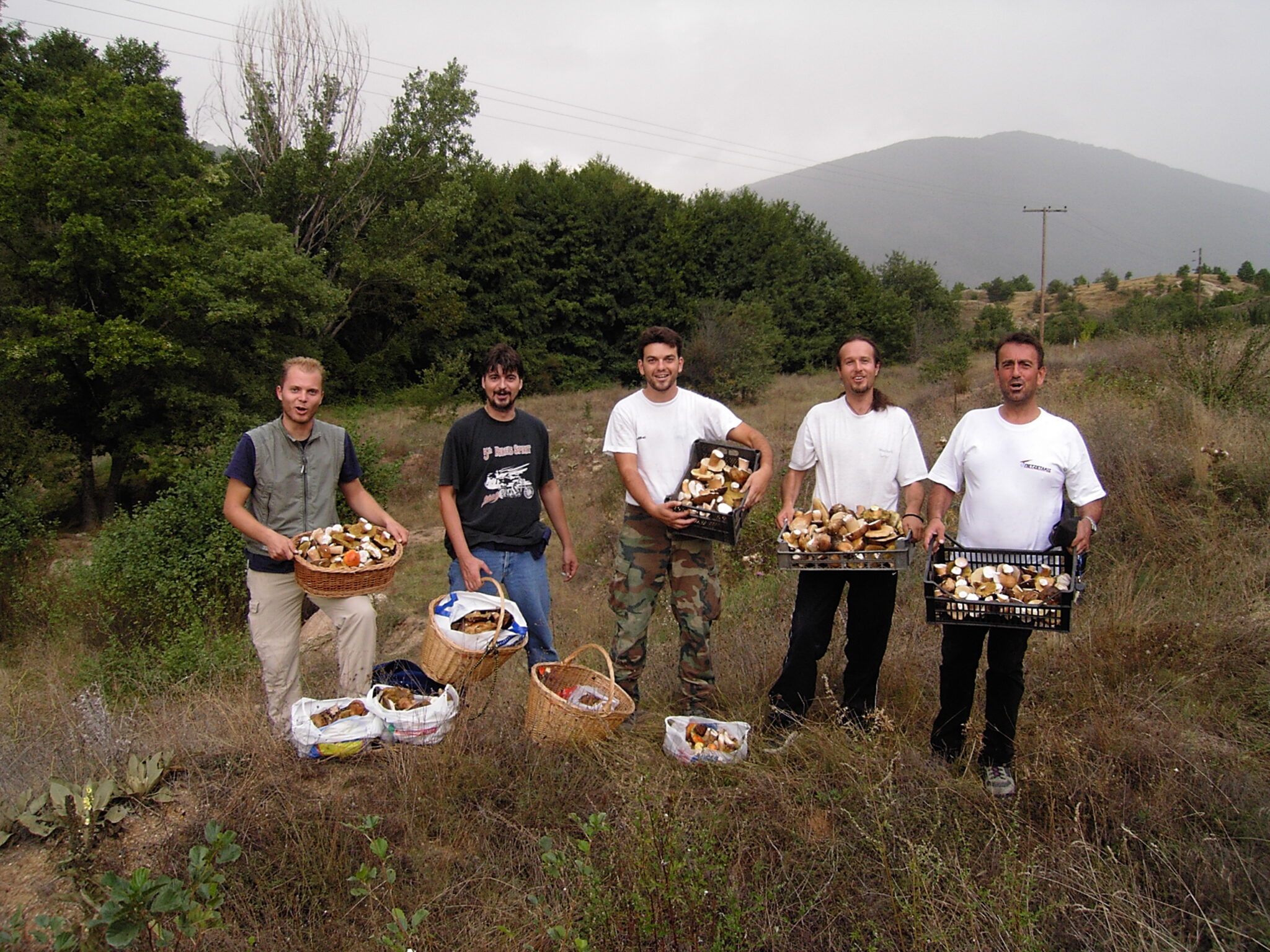A small village with a rich history and many “secrets” that pleasantly surprise the visitor. You may not see any trains passing through Stathmos Angistas (Angista Station), located at the south-eastern end of Serres, but you will have the opportunity to enter a Macedonian tomb dating back to the 3rd century BC and to cross the stone arched bridge on Angitis River, where Nikotsaras, the legendary armatolos (a famous Greek rebel) fought the Ottoman rule a few years before the Greek Revolution of 1821 began.
Stathmos Angistas is a small village of 150 inhabitants, built at the end of the picturesque gorge of Angitis River, which many call the “Grand Canyon” of Macedonia, where three prefectures meet, namely that of Serres, Drama and Kavala.
Trains do not whistle at the former “hub”
The village owes its name to the small railway station, which operated until the early 1930s and was the main reason for the prosperity of the local community. Tobacco and other regional agricultural products were transported by rail through the station of Angista to the major markets of the time.
Based on French designs, the station was constructed in the last decade of the 19th century, when the faltering Ottoman Empire was attempting a shift to modernity through the development of railway infrastructure to connect Thessaloniki with Constantinople. In 1933, the disastrous floods caused by the overflow of river Angitis, a tributary of Struma River, led to the relocation of the line and the station further north, to the nearby village of Lefkothea.
Although abandoned and forgotten, today the old station is still a small architectural gem that takes the visitor on a trip back in time. Merely at the sight of it, one imagines of gentlemen in slim jackets and straw hats, and ladies in long dresses, of another era, waiting patiently on the grassy platform for the train to Serres or Thessaloniki.
The railway station with the adjacent warehouse, used by the local Cultural Association, and the tall aqueduct that used to supply water to the locomotive tanks, are part of the industrial history of the area, which should be preserved and highlighted.
Directly opposite the old station, there is the “Administrative building”, also abandoned; a large three-storey building dating from the interwar period, which used to house all public services back when the village was a bustling hub.
For the record, the current inhabitants of the village are descendants of refugees from Pontus, who settled there after the Asia Minor Catastrophe. In 1928 the population of the village amounted to 627 inhabitants. Today the number does not exceed 100.
Inside a Macedonian tomb of the 3rd century BC
If the abandoned former public buildings of Angista Station induce melancholy and nostalgia in the visitor, then the well-hidden secret that lies beneath the pine-covered hill that dominates the village will cause excitement. After all, it is no small matter to be able to enter an ancient burial mound and admire the magnificence of its form.
Archaeologists speculate that in the area, under the shadow of the mythical Paggaio Mountain and near the ancient Amphipolis, lies a large ancient necropolis. However, only archaeological research and excavations could prove its size and importance.
The burial mound at the top of the pine-clad hill boasts a temple-like façade and consists of an antechamber and the main burial chamber, which includes a marble deathbed with strong decorative elements, as evidenced by the surviving paintwork.
It is essentially the only monument of this kind in Serres, which is open to visitors. Mrs Eleni Dionysidou will welcome you and introduce you to its history. She is the president of the local Cultural Association, and together with her husband Panagiotis Papadopoulos, they decided to return permanently to the small village, in order to put it on the tourist map of the region.
In the village, yet another Macedonian tomb (3rd century BC) has come to light. According to locals, part of it was destroyed during the First World War without any serious attempt to restore it afterwards. Nevertheless, it still remains very impressive, since the marble deathbed inside is still preserved.
The bridge of Nikotsaras
North of the village flows the river Angitis, a tributary of Struma River, shortly after its outlet of the imposing gorge, which stretches for 15 km, starting from the village of Symvoli and reaching Stathmos Angistas village.
For the sake of information, by some violent geological deformations 1,000,000 years ago, a cosmogenic change took place here that divided the earth in two and allowed the water volumes of a lake, which at that time covered the fertile plain of Drama, to pass into the sea, creating the Angitis gorge. Over the course of time, the gorge has developed many caves, arches and openings of rich natural beauty.
The gorge, which passes south of the famous cave of Alistrati, is also known as “Stone Straits” and “Canal”. According to mythology, this was the doorway to Hades (God and ruler of the underworld), where Persephone slipped beneath the Earth and Hades led her to the Underworld and made her his wife.
On the river Angitis, S.E. of the village, a traditional stone bridge is preserved, in a beautiful lush green environment. The length of the bridge is 59 m and the width 4.5 m. It consists of four pointed arches oriented from north to south and is built with chiselled porous limestone bonded with strong mortar.
It is believed that the bridge was built in antiquity while its last phase dates back to the early Ottoman period. At the top of the pedestals was a tilting wooden section supported by chains that could be raised and lowered. During the night and in times of war, the Ottomans would lift the tilting wooden section, making it impossible to cross the river.
In 1807, Nikotsaras, the legendary armatolos, along with his comrades, they fought a great battle in order to annihilate the Ottoman guard of the bridge, cutting the chain and managing to cross the river and escape inland. From May to the end of September, next to the stone bridge, and in an idyllic environment, operates a refreshment bar where you can relax and have fun, since -when the season is dictated by little more than sweltering heat – many dare to take a refreshing swim in the river’s ice-cold waters. In addition, the spot is ideal for hiking by the river or towards the gorge.
In the village you will find restaurants and cafés, while hotels and guesthouses can be found in the nearby villages of Symvoli, Kormista, Rodolivos, as well as in Serres and Drama. Stathmos Angistas is 120 km away from Thessaloniki, 39 km from Serres, 31 km from Drama and 48 km from Kavala. If you find yourself in the village, do not hesitate to get in contact with the president of the Cultural Association, Eleni Dionysidou, who is always more than willing to help visitors discover the “secrets” of a village that may no longer be a hub, but certainly does not go unnoticed.
For Information:
Eleni Dionysidou, phone number: +30 693 49 90 414



